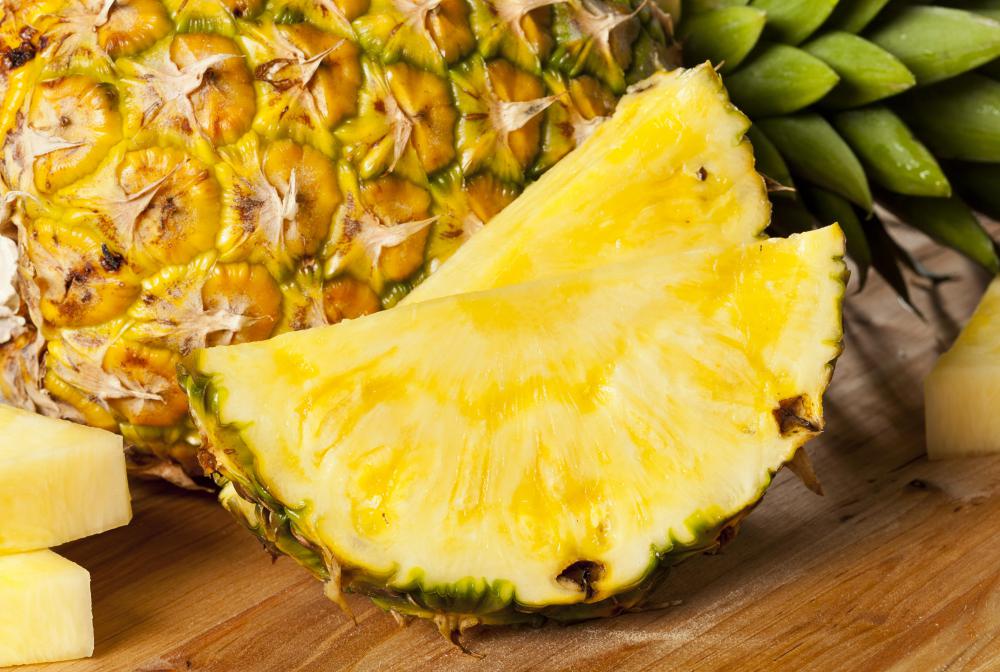At AllThingsNature, we're committed to delivering accurate, trustworthy information. Our expert-authored content is rigorously fact-checked and sourced from credible authorities. Discover how we uphold the highest standards in providing you with reliable knowledge.
What is Spanish Moss?
Spanish moss is an epyphytic plant in the Bromeliad family, which also includes pineapples. Epyphytic plants live entirely above ground, relying on other plants and trees for support for their aerial roots, and while they are not usually parasitic, they can cause problems for the plants they grow on. Spanish moss is found in the American South, along with Central and Southern America, and in the South especially, it is a rather iconic plant.
Physically, Spanish moss closely resembles the lichen known as usnia. It has long, trailing stems which are greenish to gray in color, covered in fine hairs and small scales. The hairs and scales are able to absorb water, carbon dioxide, and nutrients from the air, fueling photosynthesis to support the Spanish moss as it grows. Occasionally, the plant puts out small yellow flowers.

This plant is formally known as Tillandsia useneoides, with the specific epithet referencing its appearance to usnia. It commonly grows on trees, giving it plenty of room to develop long trailing mats of stems and roots, and creating quite a distinctive sight. Many Southern novels include a scene under the Spanish moss, and the plant is also used to create a Gothic mood for a scene.

Although Spanish moss is not parasitic, it can still hurt the plants it grows on. If the mats grow especially well-developed, they can cut off the supply of light to the host tree, making it difficult for the tree to photosynthesize. Large mats of Spanish moss will also build wind resistance, making trees less likely to survive high winds. For this reason, some people remove Spanish moss from their ornamental trees, to ensure that they thrive.
Historically, Spanish moss has had a number of commercial uses. Many shipping companies in the South used Spanish moss as a packing material, since it is lightweight and insulating, making it ideal for packing fragile items. It is also used in dried flower arrangements, and as a mulching material for potted plants, to keep the soil moist. Many craft and garden stores sell bags or blocks of Spanish moss, for those who wish to use it in projects.
Frequently Asked Questions
What exactly is Spanish moss?
Spanish moss, despite its name, is not a true moss but an epiphytic flowering plant. It belongs to the Bromeliaceae family and is scientifically known as Tillandsia usneoides. This plant grows hanging from tree branches in long, hair-like clumps, particularly in the southeastern United States, thriving in humid environments without harming its host tree.
Does Spanish moss harm the trees it grows on?
No, Spanish moss is not parasitic and does not harm the trees it grows on. It is an epiphyte, which means it absorbs nutrients and moisture from the air and rainfall. Spanish moss uses trees for support to access better sunlight and air circulation, but it does not extract resources from the tree itself.
Can Spanish moss be used for any practical purposes?
Historically, Spanish moss has been used for various purposes, such as stuffing for mattresses, upholstery, and even car seats. Its fibrous nature makes it suitable for crafts and mulch. However, it's important to note that fresh Spanish moss may house chiggers, so it should be treated before use in household applications.
Is Spanish moss found only in Spain or Spanish-speaking countries?
Contrary to its name, Spanish moss is not exclusive to Spain or Spanish-speaking countries. It is native to the southeastern United States, Central America, South America, and the Caribbean. The name is believed to be derived from Spanish explorers who likened the plant to the beards of the native people they encountered.
How does Spanish moss reproduce and spread?
Spanish moss reproduces both sexually, through seed production, and vegetatively, by fragmentation. When tiny, inconspicuous flowers are pollinated, they produce seeds that are dispersed by the wind. Additionally, pieces of the plant can break off and attach to nearby trees, where they continue to grow and spread.
Is it possible to grow Spanish moss indoors?
Yes, it is possible to grow Spanish moss indoors, provided that you mimic its natural humid environment. It requires bright, indirect light and good air circulation. Regular misting can help maintain the necessary humidity. It's a low-maintenance plant that can add a unique, ethereal quality to indoor spaces when properly cared for.
AS FEATURED ON:
AS FEATURED ON:












Discussion Comments
is Spanish Moss native to Louisiana Wetlands?
Post your comments